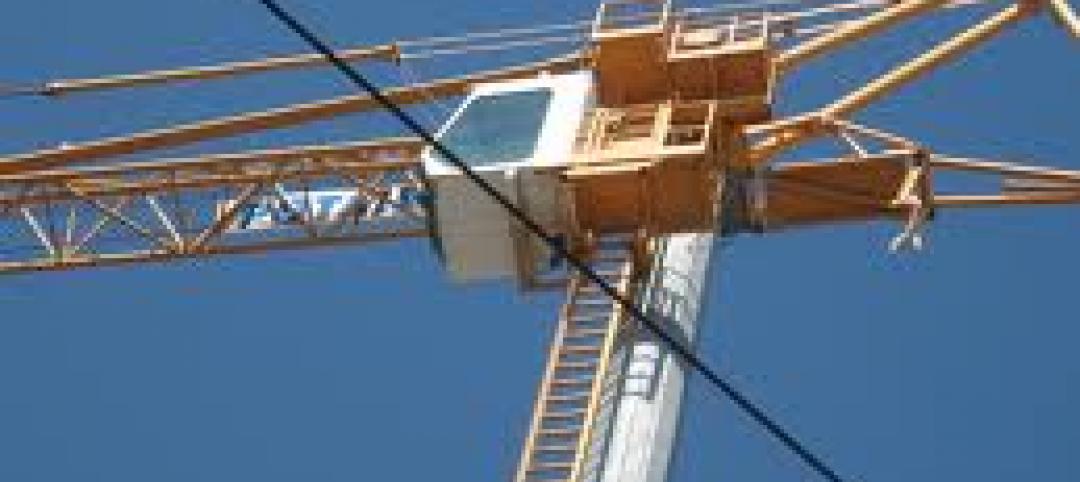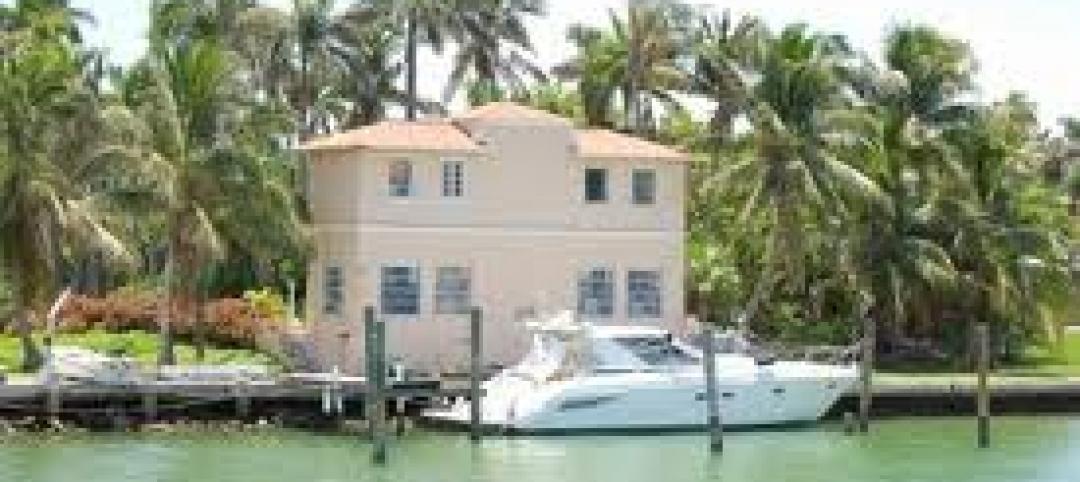A new publication is intended to help build K-12 schools with advanced levels of energy savings.
Advanced Energy Design Guide for K-12 School Buildings – Achieving Zero Energy, is a joint effort by ASHRAE, AIA, IES, and USGBC, with support and funding from the U.S. Department of Energy (DOE) through the National Renewable Energy Laboratory (NREL). It is the first in a series of guides that is tailored to the design and creation of zero energy buildings.
“The guide builds upon the popular 50% advanced energy design guide series with new and updated recommendations on energy efficiency,” says Paul Torcellini, project committee chair. “Additionally, it provides guidance for on-site renewable energy generation and establishes a set of energy performance goals for achieving zero energy. The goals are provided for all ASHRAE climate zones, in both site and source energy.”
How-to tips provide guidance for specialty areas—building and site planning, envelope, daylighting, electric lighting, plug loads, kitchens and food service, water heating, HVAC, and renewable generation. The document provides guidance on how to connect zero energy and teaching and learning.
Related Stories
| Mar 22, 2012
Public agencies shouldn’t negotiate project labor agreements, says AGC official
When a public agency rather than the contractor negotiates a PLA with unions, it interferes with the right of employers and workers to reach their own agreements on working conditions and benefits, says Steve Isenhart, president of the Associated General Contractors of Washington.
| Mar 22, 2012
Proposed rule would let crane operators get licenses without prior city experience
The Bloomberg administration is considering letting operators of giant tower cranes get their license without requiring that they first run cranes as apprentices in the city for three years.
| Mar 22, 2012
Bill would reintroduce “opt-out” provision in lead paint law
The Lead Exposure Reduction Amendments Act of 2012 (S2148) would restore the "Opt-Out" provision removed from the Environmental Protection Agency's Lead Renovate, Repair and Painting (LRRP) rule in April 2010.
| Mar 15, 2012
New Florida building code establishes flood and storm surge provisions
The new 2010 code establishes minimum design and construction requirements to protect buildings from wind, rain, floods, and storm surges.
| Mar 15, 2012
Illinois city rejects international code due to home sprinkler requirement
Macomb, Illinois aldermen voted to recommend that the city not adopt 2012 international building and residential code standards requiring the installation of overhead sprinkler systems in newly constructed one-family and two-family homes.
| Mar 15, 2012
Tenant advocates propose licensing landlords in New York City
With thousands of New York City rental units posing potential dangers to tenants, city advocates are proposing measures to make landlords improve building safety.
| Mar 15, 2012
Construction industry a big winner in federal small disadvantaged business procurement
Last year, only 5% of federal contract dollars went to small disadvantaged businesses. Construction and facilities support firms were the biggest beneficiaries.
| Mar 15, 2012
ANSI approves new fall protection standards
The American National Standards Institute (ANSI) has approved two American Society of Safety Engineers' (ASSE) standards addressing fall protection.















